Nội Dung Chính
(Page 80)
III. READING
Al applications in education
1. Work in groups. Discuss what the pictures in the article below show and where you might see them.
2. Read the article. Choose the correct meanings of the highlighted words. ![]()
TECH NEWS
Artificial Intelligence (AI) has had a huge impact on education. Here are some examples from around the world.
A. Digital portfolio
To apply for a university or a job, secondary school students usually need to support their applications with a list of relevant qualifications and work experience. Thanks to Al, they can now effortlessly do that online. A team from two famous universities in Singapore has invented an Al digital portfolio. This app collects data from the learning and working experience that students upload onto the app. Then the data is sorted into sets of skills which students can use for their job or university applications.
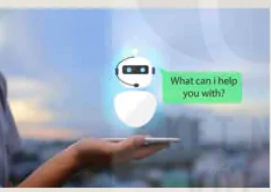
B. Educational chatbots
Al chatbots are being used in many schools and universities around the world. They can help keep students engaged in their learning by providing a more interactive experience. These virtual tutors can explain concepts clearly, answer specific questions, and give feedback on homework. Students can seek support from Al chatbots during and after classes so that they can understand the lessons better. They can also create groups on chatbots to share ideas about projects and activities. Engaging with each other using conversational Al can help students create a better and friendlier learning environment.
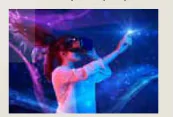
C. Virtual reality
Schools in Hong Kong are bringing fascinating learning to the classroom through the power of virtual reality (VR). This new way of teaching helps students learn valuable skills, provides 'hands-on' experiences when studying history or geography, and limits potential dangers of chemistry or physics experiments. Guided virtual tours transport students back in time to study the history of Hong Kong or take them to tropical forests to explore endangered species.
D. Personalised learning
Experts in Israel have created a technology platform to support personalised learning. It collects data from students about what they know and do not know, analyses performances using Al, then offers them suitable assignments. This app has served as the main distance-learning platform for many Israeli secondary school students who are preparing for advanced examinations in physics. There are also thousands of chemistry and biology students who benefit from this software.
(Page 81)
1. portfolio
A. collection of someone's prizes
B. collection of someone's work such as drawings or documents
C. collection of someone's learning and working experience
2. virtual
A. not made of natural things
B. made, done, or seen on the Internet or a computer rather than the real world
C. very similar to the real world but appearing in a different form
3. hands-on
A. doing something yourself rather than just talking about it
B. asking people to do something
C. doing something by hand
4. platform
A. a floor of a building
B. a kind of computer system or software
C. a working area
3. Read the article again and choose the correct answer A, B, C, or D. ![]()
1. What can students in Singapore upload on their digital portfolio?
A. Their curriculum vitae.
B. Their test results.
C. Their study and work experience.
D. Descriptions of their skills.
2. Which of the following can Al chatbots NOT do according to Paragraph B?
A. Explain lessons.
B. Provide physical support.
C. Answer questions.
D. Comment on homework.
3. Which is one benefit of using VR in Hong Kong schools?
A. Organising field trips that take place online.
B. Replacing real-life travel.
C. Reducing the costs of doing experiments.
D. Creating more ways of communication.
4. Which group of students do NOT benefit from personalised learning app?
A. Physics. B. Language. C. Biology. D. Chemistry.
5. Which Al applications are useful for students who need additional tutoring?
A. Digital portfolio and personalised learning.
B. All the apps mentioned above.
C. Educational chatbots and virtual reality.
D. Personalised learning app and educational chatbots.
4. each of the following sentences with ONE word from the article.
1. _____ at Singaporean secondary schools can benefit from the digital portfolio.
2. Learners create project groups on _____ so that they can engage with each other.
3. Students in Hong Kong can go on virtual trips to learn about the _____ of their city.
4. The Al application in Israel has been used as the primary distance-learning _____ by advanced physics students.
5. Work in groups. Discuss the following question.
Which of the Al applications do you think your school can adopt?
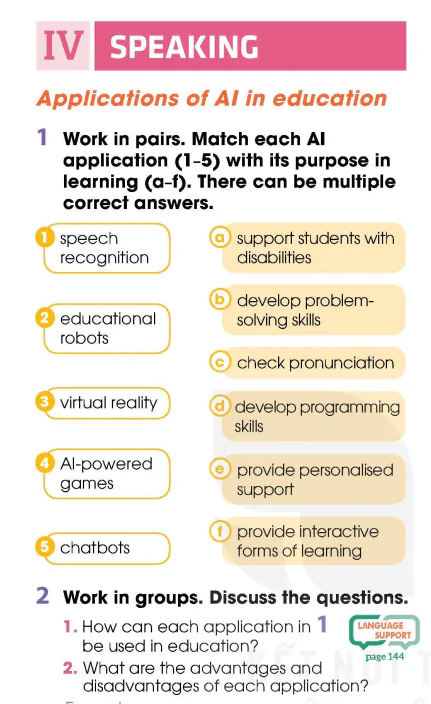
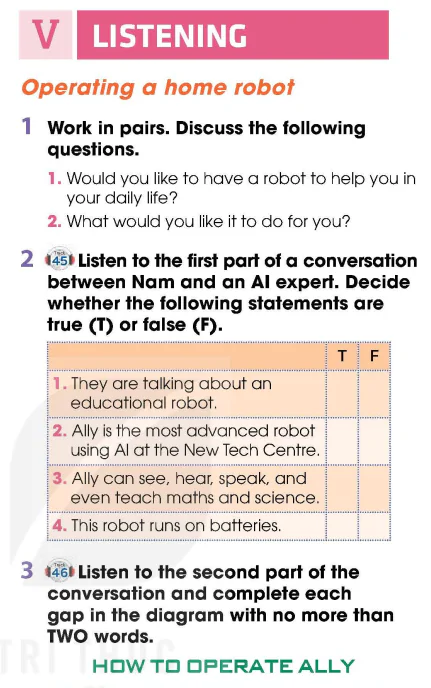
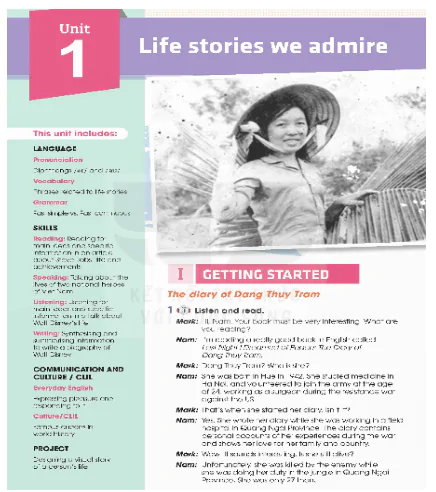
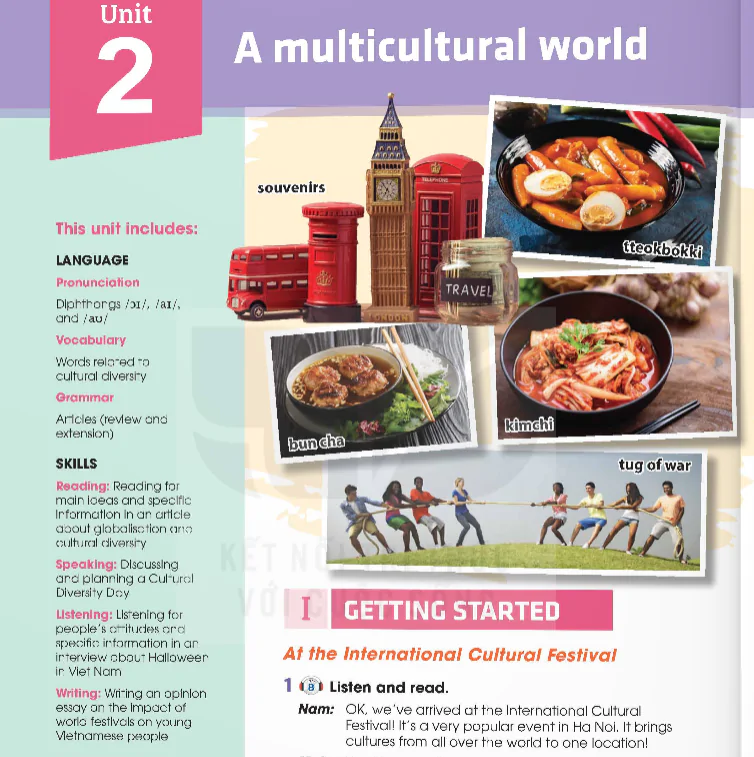
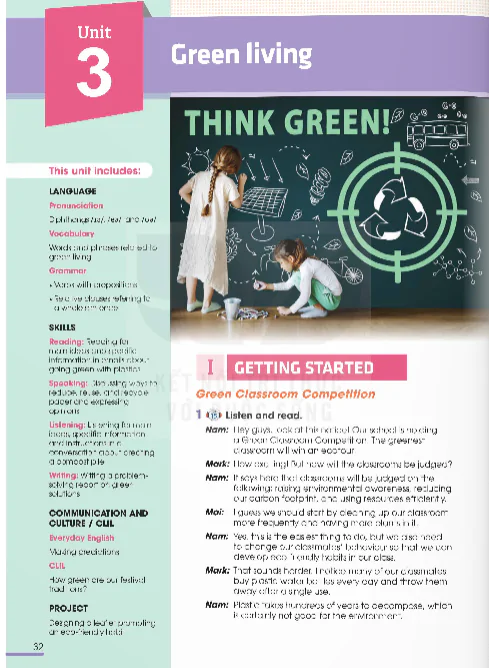
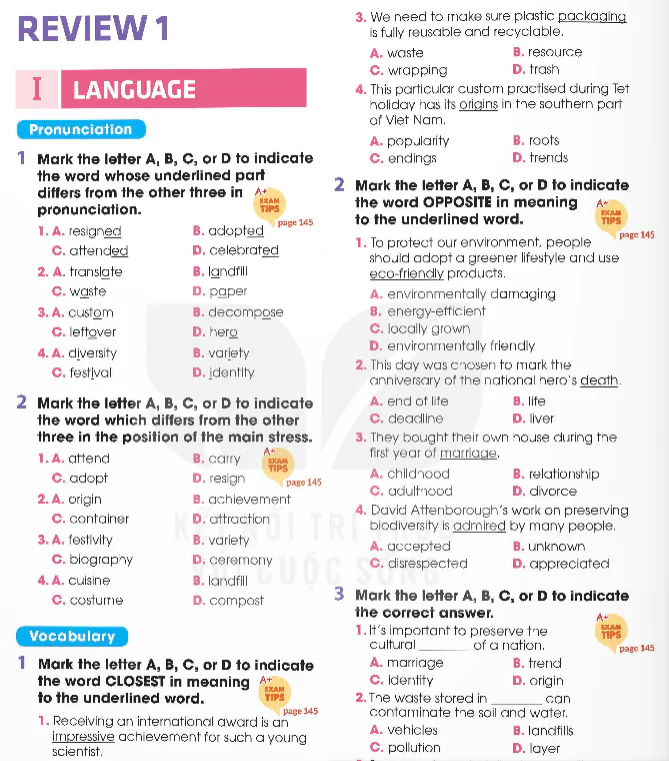
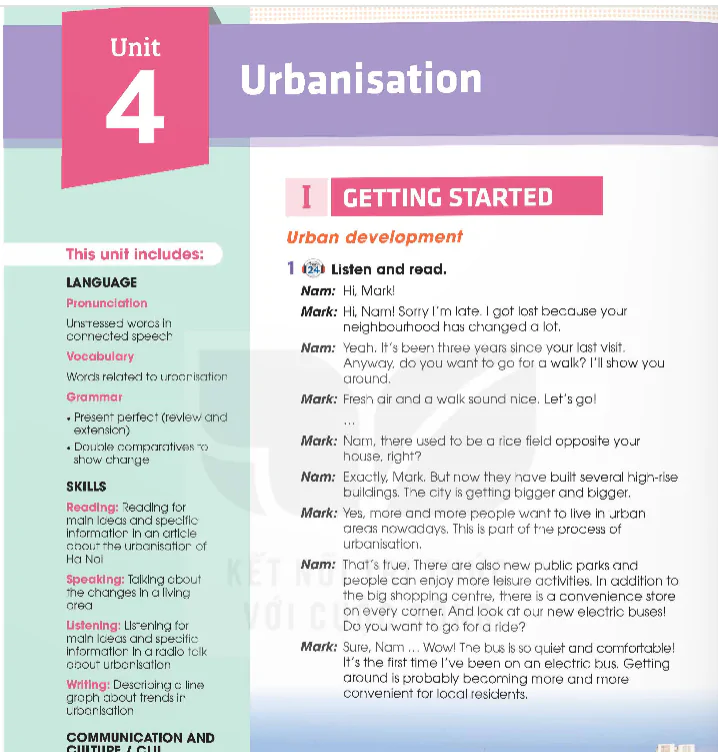
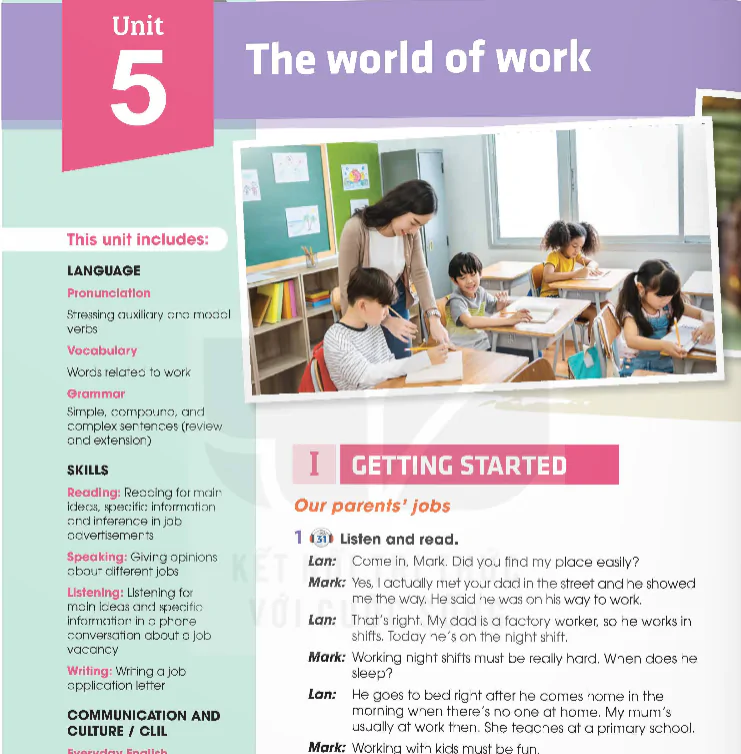
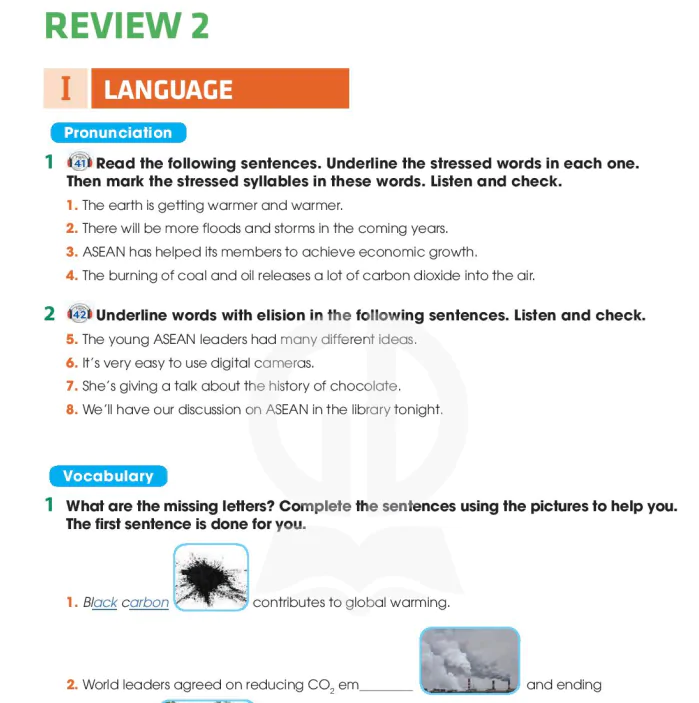
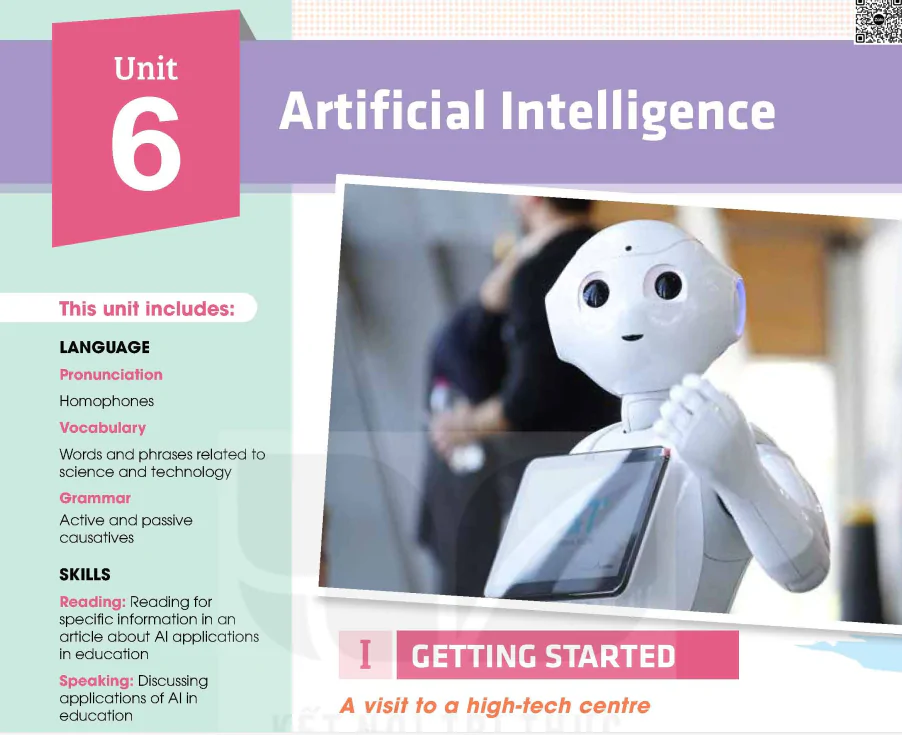
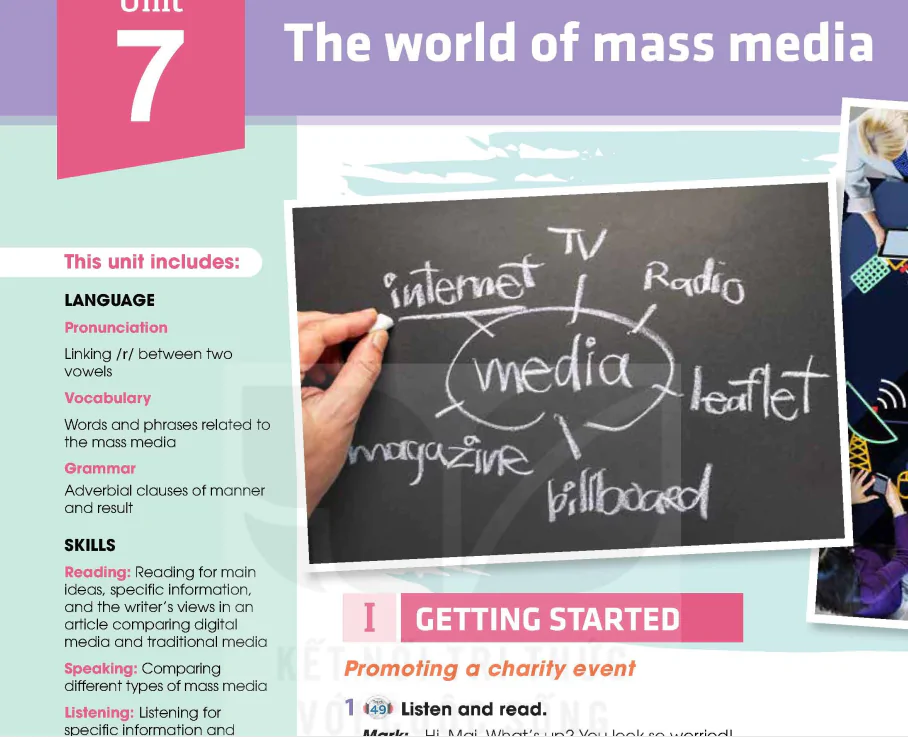
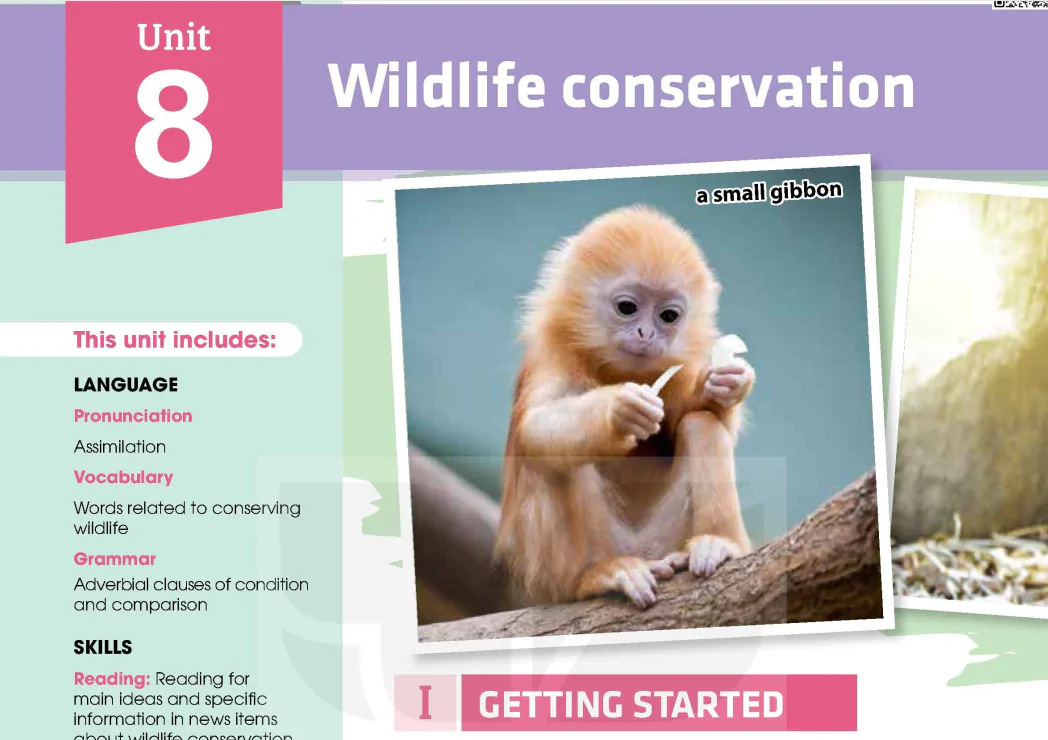
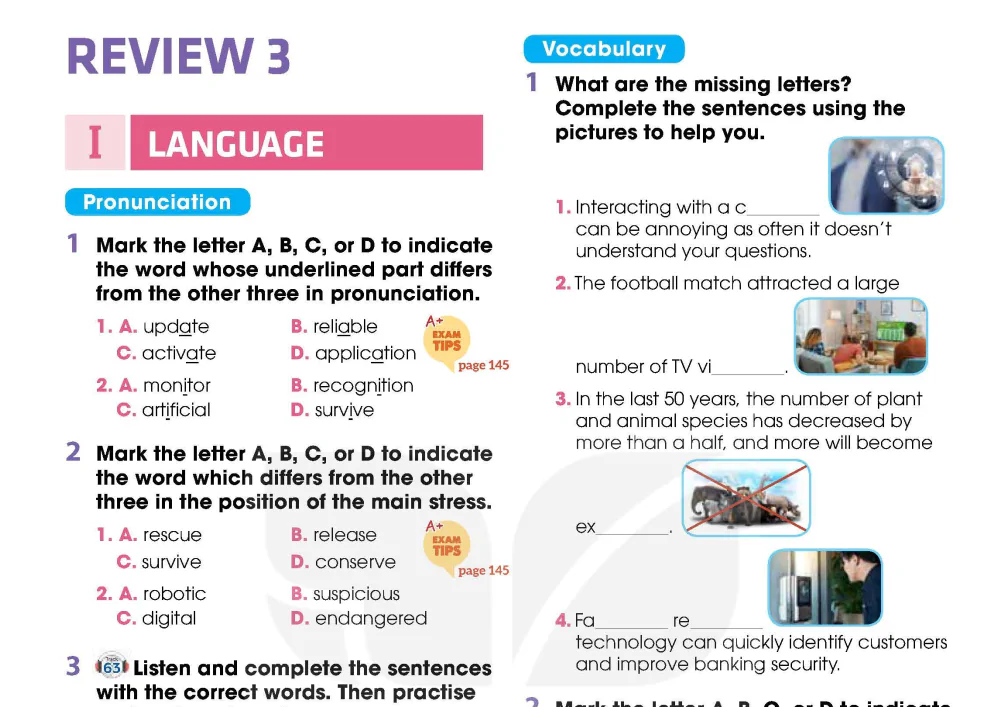
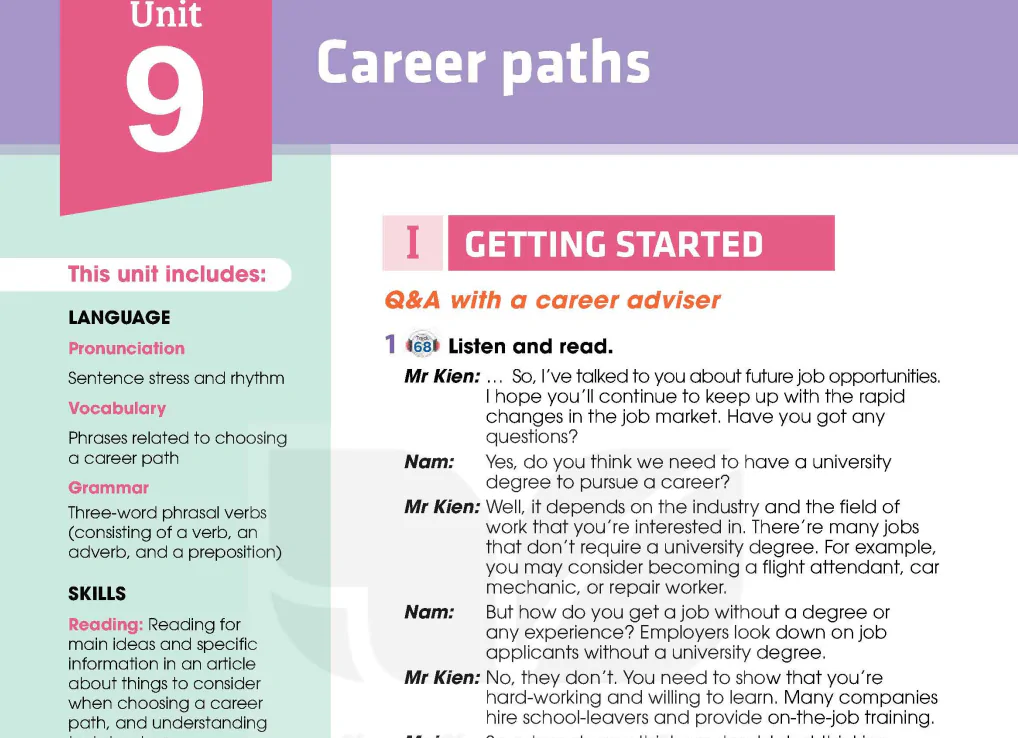
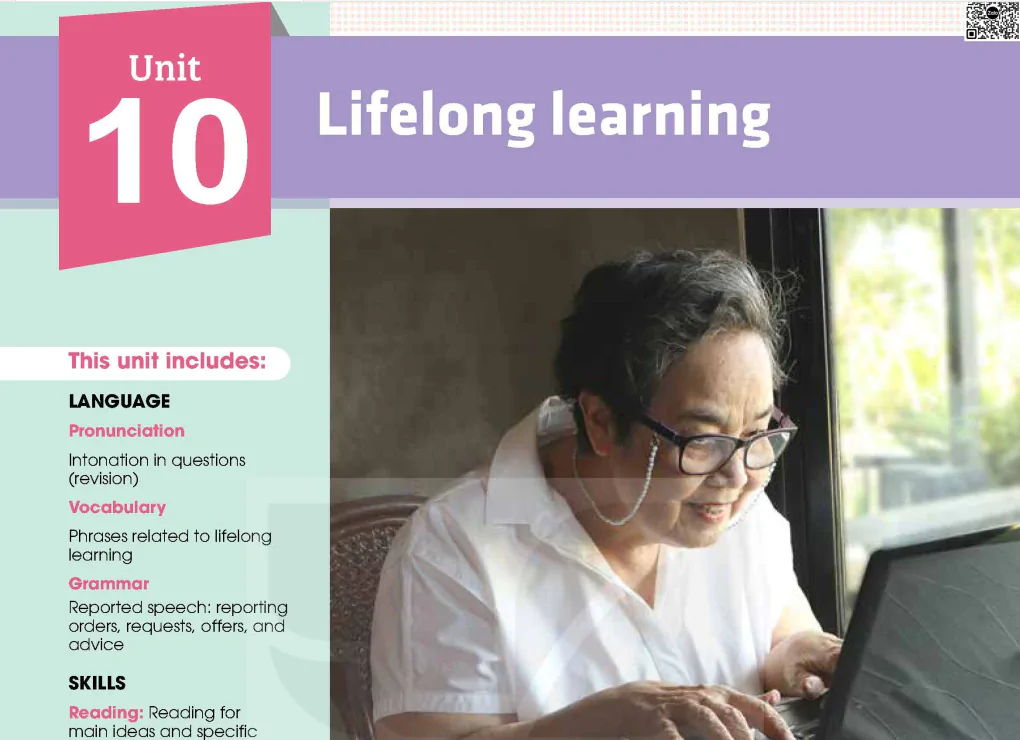
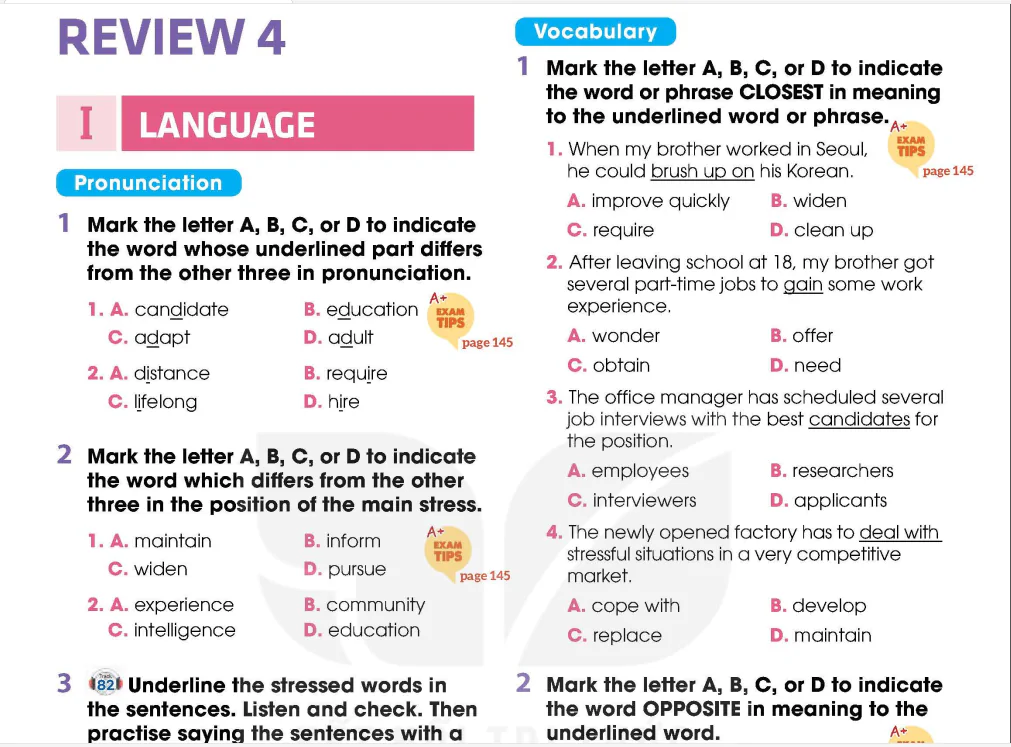
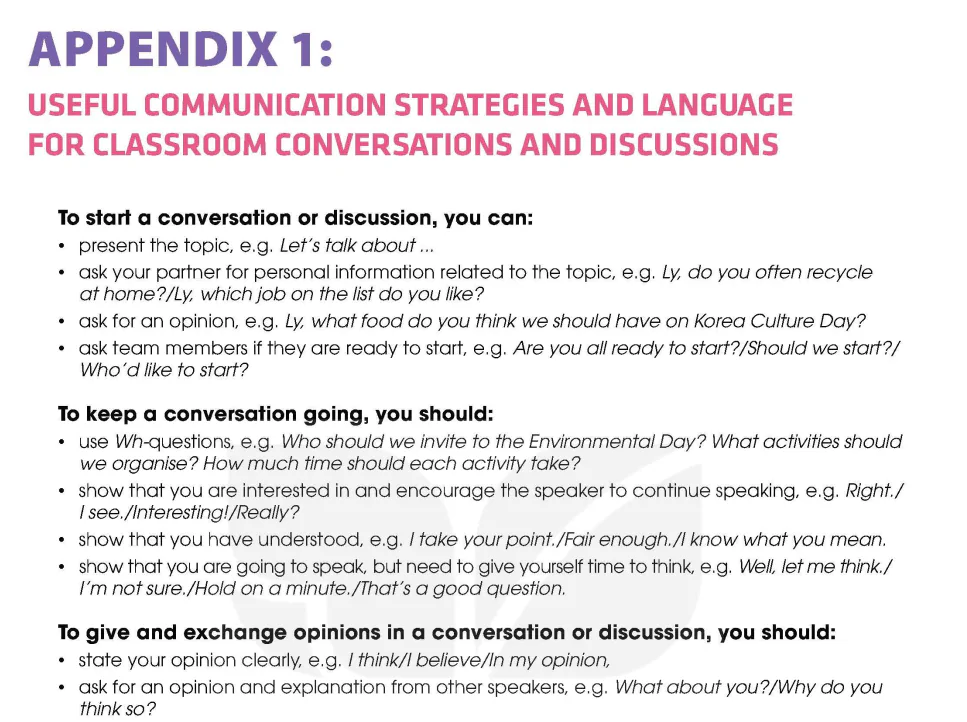
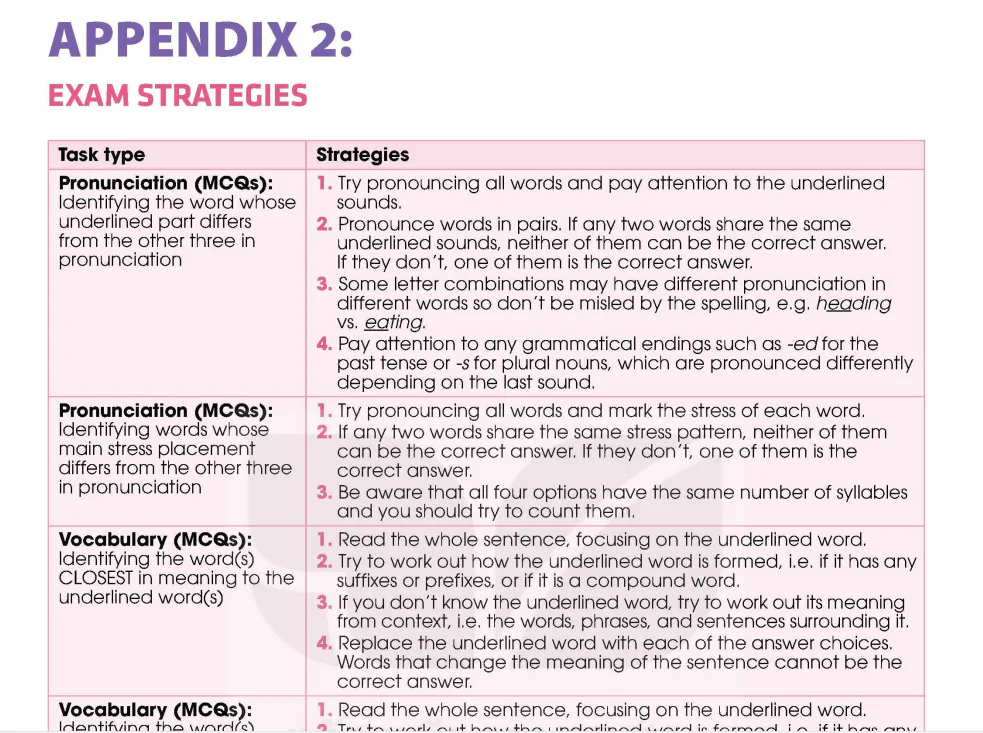
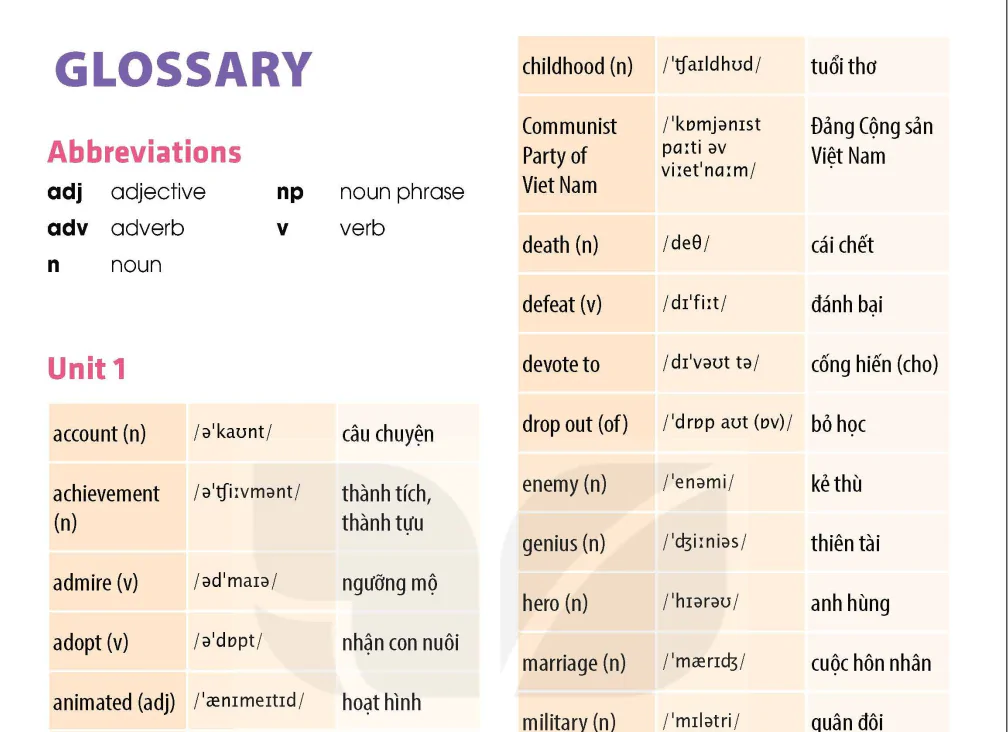


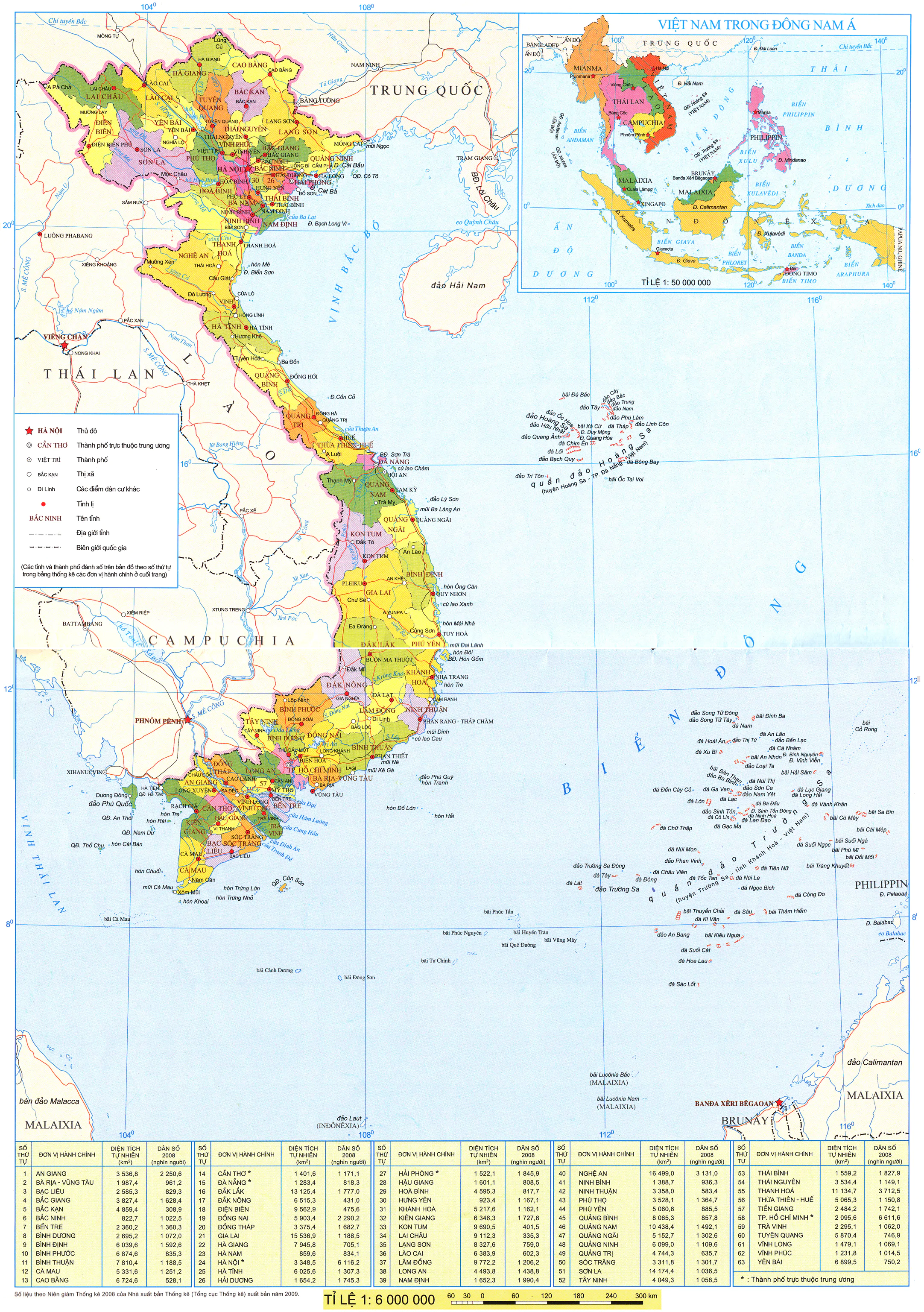
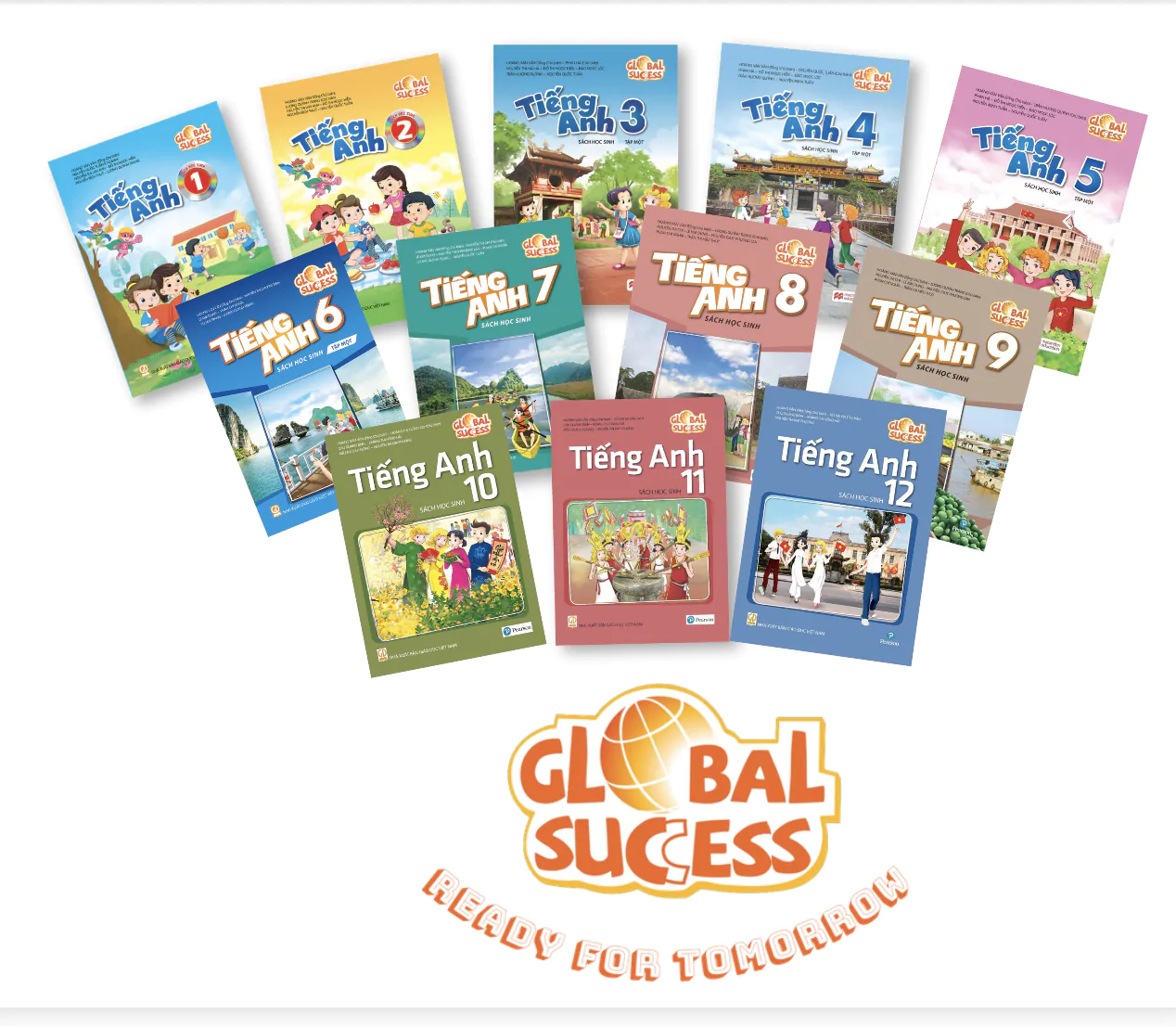

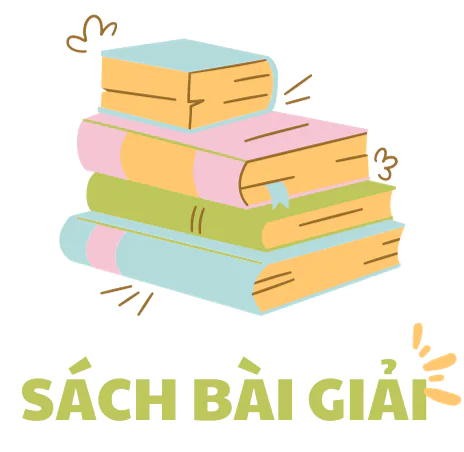












Bình Luận
Để Lại Bình Luận Của Bạn